Storm photos are fascinating to take and to view. And if you are in the path of a major hurricane, tornado, thunderstorm or storm phenomenon like a waterspout or storm aftermath, even the novice will try to shoot photos.
But storms are dangerous so there are things you need to keep in mind when taking storm photos.
Be Acutely Aware of Your Surroundings When Taking Storm Photos
There is nothing more important than your life and the lives of others that you might endanger during storm photography. Before venturing into a storm, or storm aftermath, be sure you understand what is going on outside your safe zone. Check local and national weather reports including the Weather Channel and NOAA’s Storm Center. Check local news as well for up-t0-the-minute reports. If your cable and power are out, use your smartphone for up-to-date information.
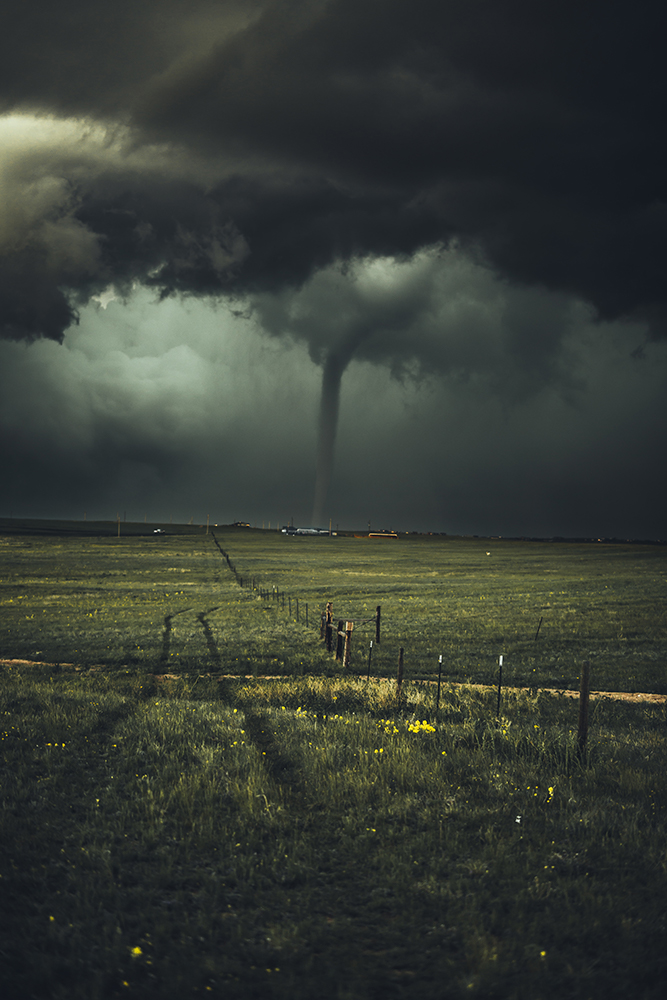
Severe weather can have the potential for high winds, hail, blizzards, flooding, and tornadoes. These pose dangers few might consider — especially when unfamiliar with an area. Beware of the potential for flying debris, deadly hail, lightning strikes, avalanches, winds that can lift you, sudden storm surge, and rip currents. Also, remember dangers are often hidden in flood waters. These can include venomous snakes, glass, nails, toxic waste, deadly bacteria, and objects traveling with surging water. As a result of these dangers, you might experience decapitation, deadly head impacts, electrocution, snow and water inundation, being swept away and drowning, or latent illnesses including flesh-eating bacteria (which caused several deaths of volunteers after Hurricane Harvey).

Take a Class if You Plan to Do Storm Photography
If you live in a storm-prone area and wish to take storm photos regularly, take the free severe weather spotter training course sponsored by the National Weather Service. If you have a friend who is a storm chaser, you might ask them to take you along.

Most professional photographers agree that the best time to take storm photos is before or after a storm. Some features to look for when photographing storms include wall clouds, shelf clouds, anvil clouds, mammatus clouds, rain shafts, lightning, and the thunderstorm itself.
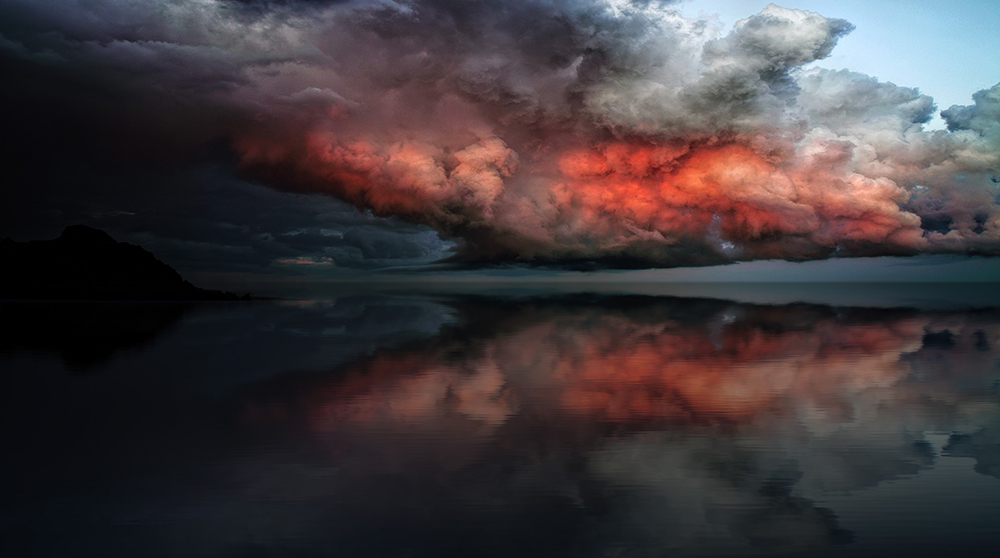
To read up on these features, check out National Geographic’s cloud atlas as well as the 11 new cloud types.
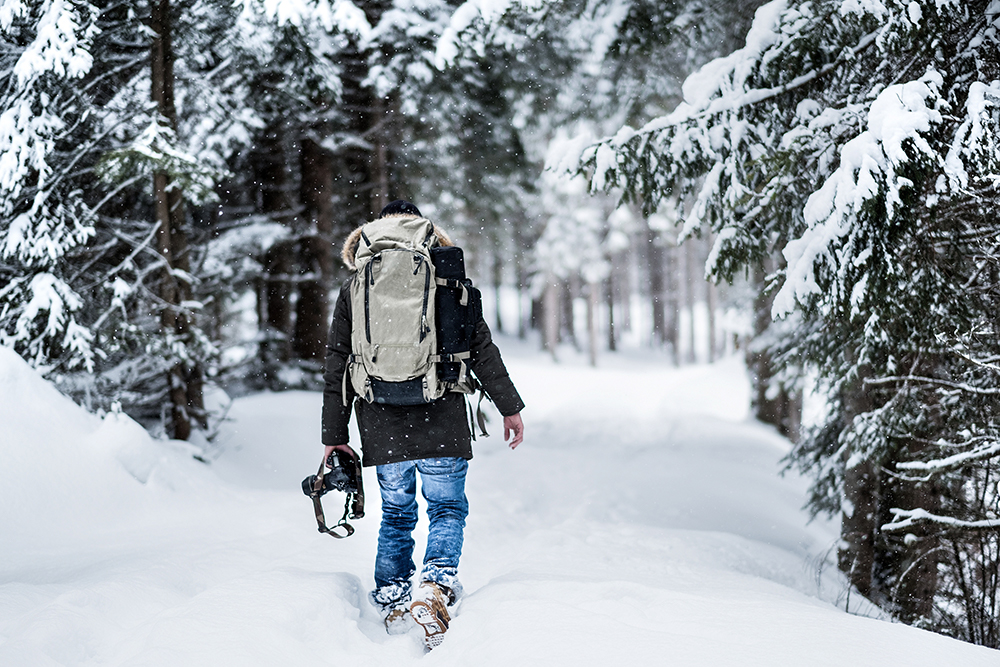
Protect Your Camera and Yourself from the Elements when taking Storm Photos
Avoid ruining your camera equipment in extreme weather. Use a gallon Ziplock bag to protect your camera. Cut a hole for the lens and you are ready to shoot. Don’t forget to secure your equipment to your body in case you need to use both hands to hold on. Invest in a good rain jacket with a hood so that you can focus without getting rain in your eyes. Bring a change of clothes and insulated wear when working in cold weather. Use cargo pants to hold lens caps, media drives, and filters. Most importantly, do not overpack. Being light and agile is critical when taking storm photos. If you will be working on or near the water, secure yourself with a flotation device and a line attached to a stable place well above the water’s surface in case it should suddenly rise.
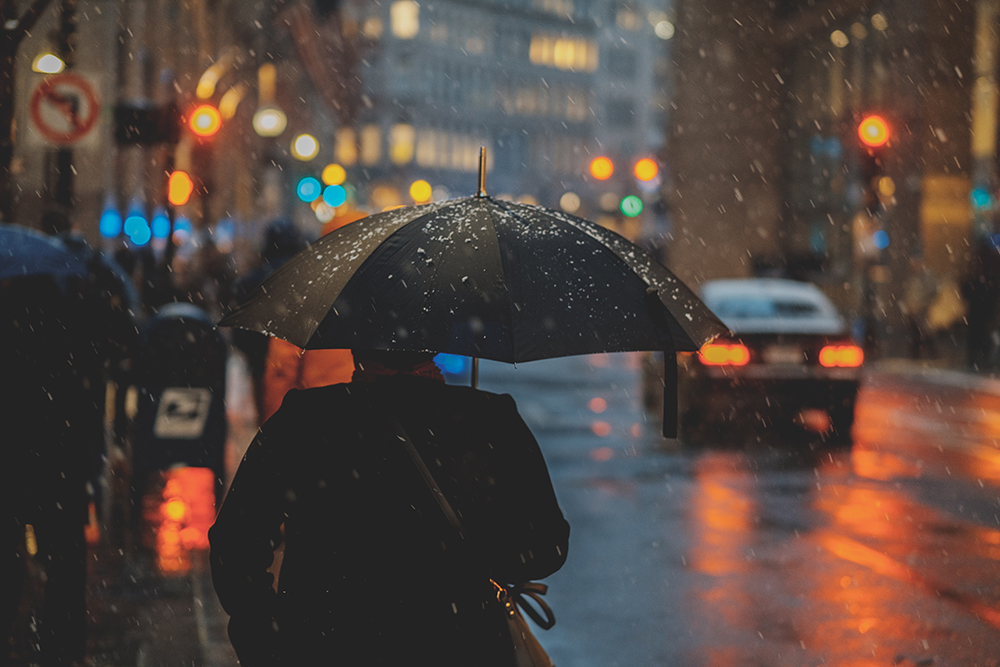
Be Sure to Take a Lens Cloth
Even when you’re really really careful, your gear is almost certain to get a little wet. Take a few towels and lens cloths to dry your equipment. If your gear gets wet, pat it dry. Do not wipe it dry because any bits of gravel or sand can scratch your lens and wiping can also create smears.
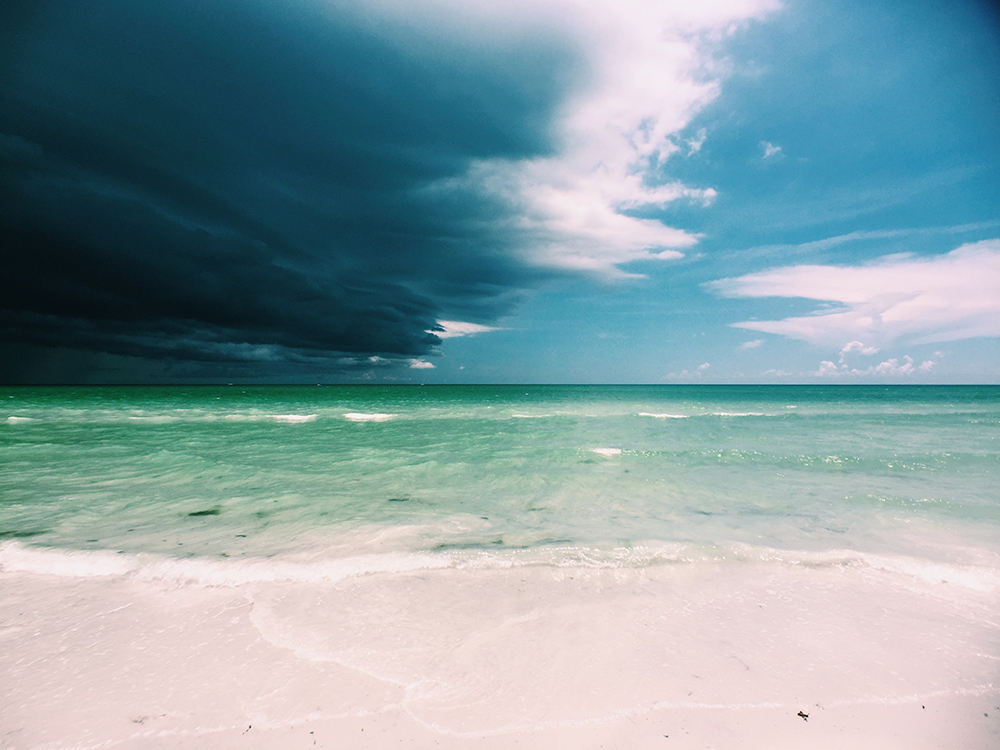
Protect that Expensive Lens from Sand, Dust, Smoke and More
Be sure to use a lens filter to protect your lens. Lenses are expensive. In storms that are filled with dust, smoke or sand, it can be especially damaging for a lens. Consider using a polarizing filter with you. This will give your cloud shots more depth and reduce reflection.
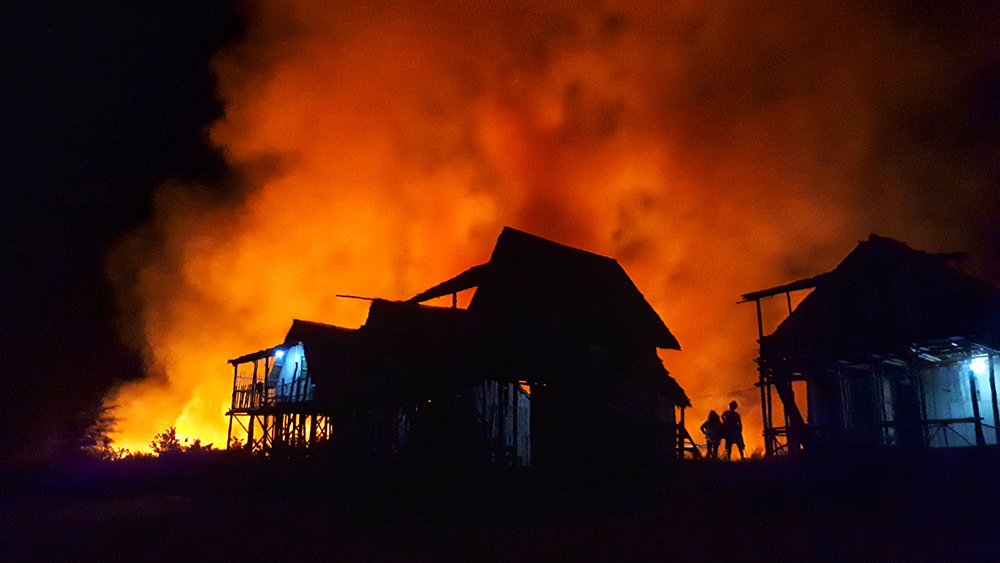
In addition, you can use neutral density, graduated neutral density or color, and color correction filters to enhance clouds.
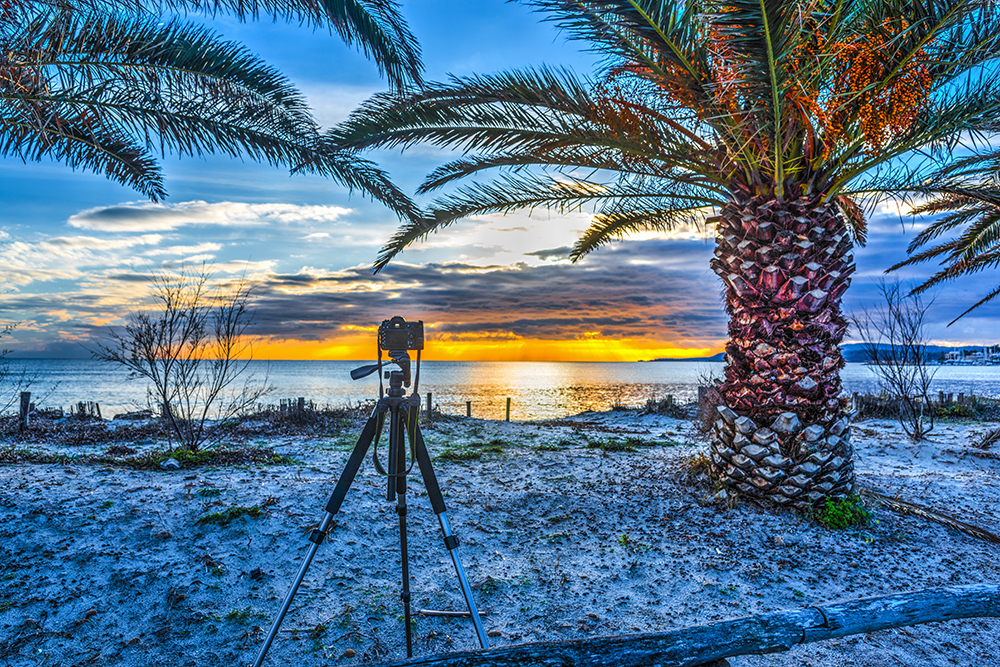
Use a Tripod to Ensure Your Shot, Especially When Relying on Extended Exposure
Never is a tripod more important than when shooting lightning at night. Be sure to weigh your tripod down with a heavy anchor and secure it with a line in severe wind or water.

If you plan to shoot lightning while using your tripod, set your aperture to the highest setting. Focus at infinity, mid to high range aperture, low ISO and a long shutter speed will probably be your starting point. You can put your lens on infinite zoom and meter the lighting to determine how long to keep your shutter open. Try 5 seconds or longer depending on the frequency of the lightning strikes are. If you are in a well-lit area, reduce the amount of time your shutter is open. Shoot photos in succession to ensure you get something. With multiple images, you can layer your photos in post-processing if you keep your tripod steady.
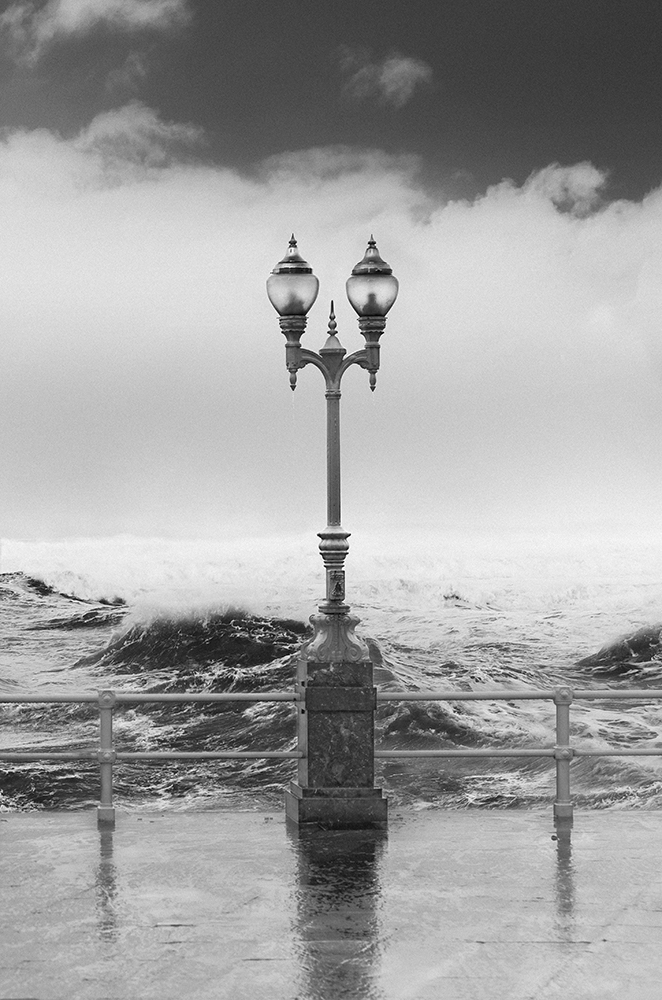
Shoot in RAW for Editing Later in Photoshop or Lightroom
When it comes to post-processing storm photos, Photoshop and Lightroom are your best friends, especially if you take your storm photos using RAW format. There are many more editing options in RAW than there are in Photoshop or Lightroom alone. Using the RAW editor, darkening clouds and making colors pop is easy. Plus, you can use Photoshop actions and Lightroom presets to add spectacular effects to your storm photos.

Stay in Place After the Storm
Often you can get some of the best images in the aftermath of a storm. If you’re on the coast, then storms will often come in from or head out to sea, creating an opportunity for amazing shots. Shooting storms from a distance allows your audience to fully comprehend the size and intensity of the weather system by comparing it to the surrounding environment. Plus, staying put allows you to review the dangers and plan ahead.

Remember Composition When Taking Storm Photos
Don’t get so caught up in the moment when the storm is gathering, the wind is blowing and your adrenaline is rushing. There is a strong temptation just to start shooting. But composition is still critical to ensure a good photograph. Pay attention to the elements of your shot, outside of the storm. Look for emotion, drama, balance, and leading lines. Brush up on your composition rules before venturing out into the storm.

Get Yourself to Safety When Conditions Deteriorate
Be careful. If you are new to taking storm photos you could quickly get caught in a bad situation. Conditions change quickly in a storm — no matter how good you are at your craft. Plan an escape route. Locate a safe place before venturing out.
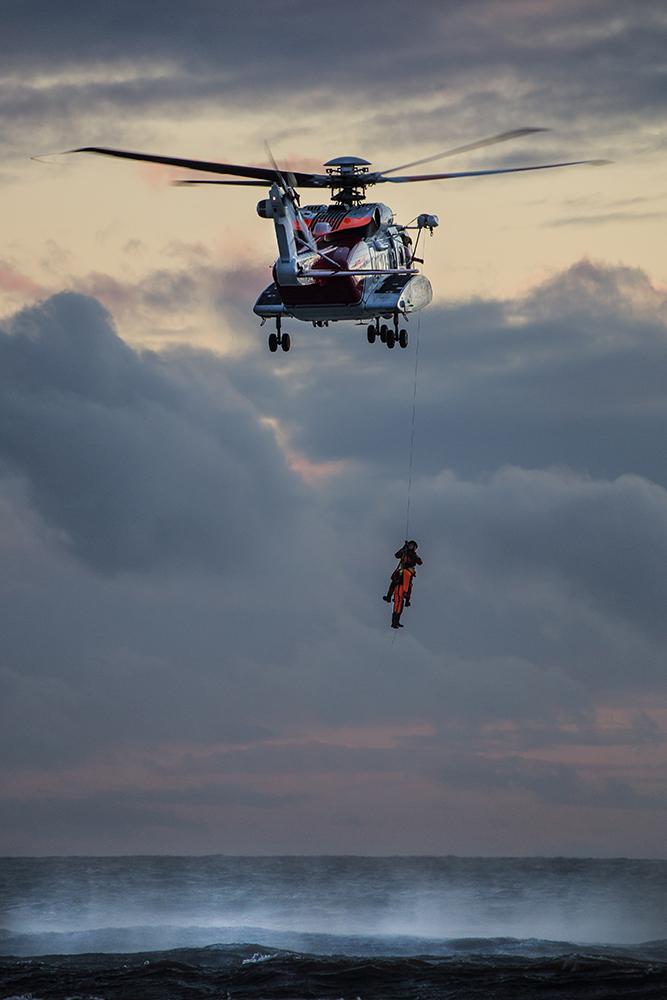
If you are suddenly exposed to danger, move and think fast – even if it means leaving your gear behind.
When in an emergency, remember these tips.
- Get back to your vehicle if possible. Once inside, avoid touching anything metal that might conduct electricity in a lightning strike.
- If you are exposed on high ground, look for a depression in a rock or the earth.
- In a lightning zone, stay at least 30 meters away from any metal framing or other metal equipment you’ve packed. Drop the backpack if it has a metal frame or metal objects inside.
- If you have no place to go and are in the open, crouch down low to the earth, keep your feet as close as possible, and stay on the balls of your feet until you get a chance to flee to shelter.
- Stay away from trees, picnic tables, or taller structures or buildings. They attract lightning.
- Never go near power poles during an electrical storm.
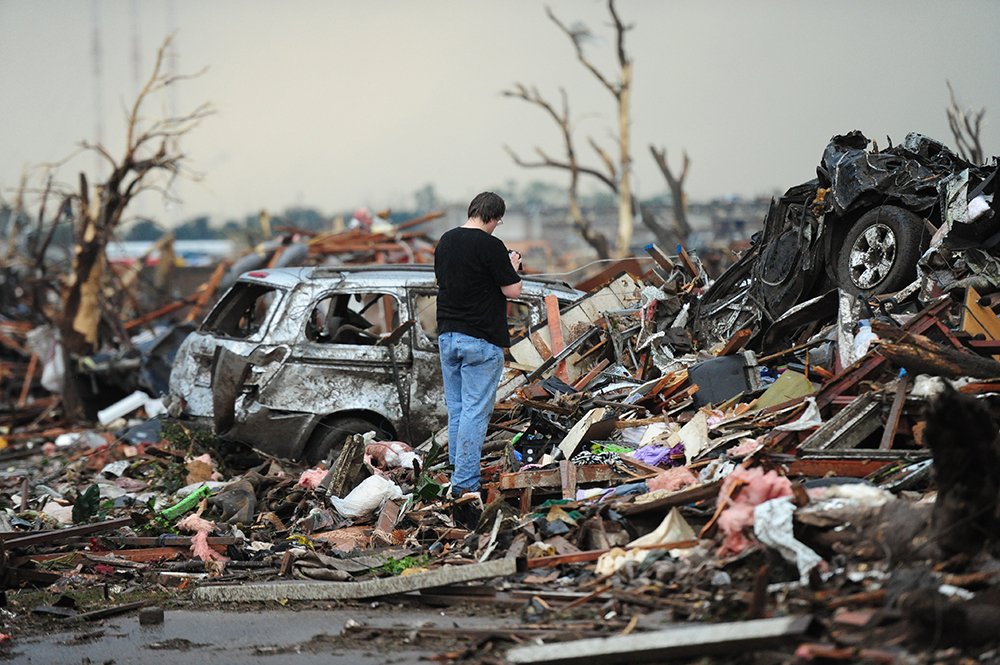
Finally, Respect Survivors. Remember They Are Grieving.

No photo is so important that you must take it without the consideration of those who are grieving.

Do like photographer Rob Morris in Oklahoma City. Talk to survivors to find out if they are hurt. Offer help if needed, and also a sympathetic ear. If you wish to take their photo, ask them for permission and let them know how you will use it. Be kind and you may just make a friend for life.
Storm photography attracts many people because it is dangerous. But in these dangerous conditions, you will find awe-inspiring photos. Yes, it will be an adventure but never forget the risk involved. You will want to live to tell about it, and perhaps to share another storm with your followers.